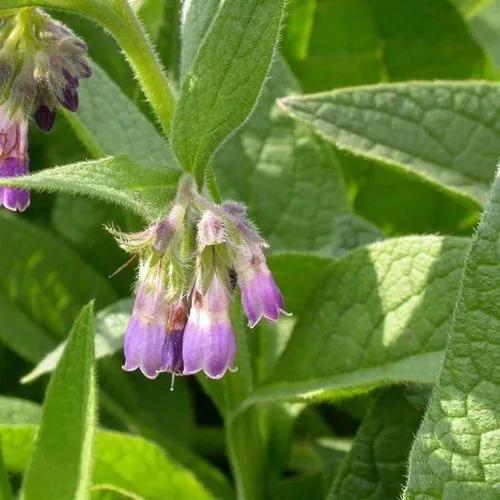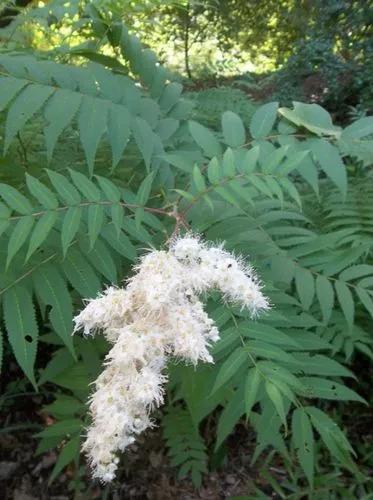Echinacea angustifolia, the narrow-leaved purple coneflower or blacksamson echinacea, is a North American plant species in sunflower family. It is widespread across much of the Great Plains of central Canada and the central United States.
Black-sampson echinacea Care
Echinacea angustifolia



A narrow-leaf purple coneflower is a compact perennial that is primarily native to upland dry prairie areas in the Great Plains. It is a small coneflower that grows 1-2’ tall on rigid, upright, hairy stems clad with narrow, lanceeolate to ovate green leaves (to 4-6” long). Flowers (to 3” diameter) feature light pink to pale purple rays that spread outward and usually droop. Orange-brown center cones. Flowers bloom in June and July, sometimes with sporadic continued bloom throughout the summer. Goldfinches are attracted to the seeds that form in the center cones. Echinacea comes from the Greek word echinos meaning hedgehog in reference to the spiny center cone. Angustifolia means narrow-leaved.
How to Care for the Plant

Water

Tolerant of drought, but does best in average, dry to medium moisture. Water regularly, but let soil dry out in between. Coneflowers need at least an inch of water weekly.

Fertilizer

Native coneflowers really do not need fertilizer; ensure your soil has plenty of organic matter when you plant.

Sunlight

Echinacea should be planted in an area that receives 6 to 8 hours of sunlight a day, as too much shade can result in floppy stems and foliage susceptible to powdery mildew.

Soil

Coneflowers are very tolerant of poor soil conditions, but they perform best in soil that’s rich so mix in organic matter if needed. Put a thin layer of compost around the plants, then a 2–inch layer of mulch to help keep the plants moist and prevent weeds.

Temperature

This plant can be grown in the areas with the lowest winter temperature of −40°C (−40°F).

Popularity

336 people already have this plant 92 people have added this plant to their wishlists
Discover more plants with the list below
Popular articles






